What We Do and How We Do It
Kung Fu
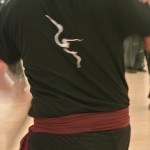
The style taught in our classes is Tiger Crane Combination Kung Fu, an acknowledged part of the White Crane System of Kung Fu. It is a hard, external style. Stances are low and powerful, rooted to provide stability, but providing explosive spring power when moving. The torso is trained to generate power for the arms and absorb the lower body’s motion to maintain stability. The arms and shoulders are fast and free-moving, switching between defence and attack as needed. The hand and wrist movements are particularly elegant and expressive, characteristic of all White Crane traditional styles.
Suang Yang Tai Chi
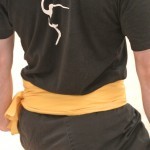
It is a soft, internal style, with the emphasis in class being on developing a stable balanced stance, flexible torso and elegant precise hand movements. Do not be fooled into an assumption of passivity – this also is a fighting style (otherwise it would not be a martial art). Whilst it pre-disposes towards self-defence, the student must take the same responsibility for their skill as those who learn the hard style. Skilled practitioners can inflict severe injuries and must train to control their responses. In China there are soft style fighting competitions and we use class to train how to use and control soft style techniques in sparring situations.
Fighting
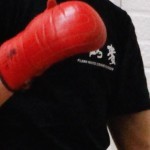
Your classmates are there to help you increase your skills and understand the effects of fear and adrenaline. Whilst many enjoy the stress-relieving effects of the Fighting class and the feeling of empowerment that comes from facing confrontations, students are not punchbags for anyone else. Injury rates are low. We want you fit for training not laid up because someone else was having a bad day or you haven’t learnt to time your blocks.
As a Club we organise our own competitions which include patterns and fighting (at semi-contact and full contact). Anyone who wants to up their game can come along on Sundays and join in with the seniors and Instructors, or try one of the Saturday camps. Only over 18s can compete in Fighting.
Children’s Martial Arts Training
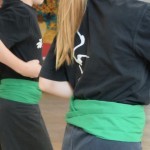
Instructors are expected to demonstrate technically clear movement for those who learn by copying (as all us primates do), appropriate explanations for those who learn by listening, to allow time to move freely and time to synchronise movement as a group. Corrections are given as often as needed, and progress is not a requirement but comes of its own. Those with natural ability are challenged to use that ability, and those who are not yet highly physically co-ordinated are encouraged to use their innate learning abilities to control their bodies.
Children have a graded syllabus, the purpose of which is for the most senior Instructors to check how each child is learning (not what marks they are achieving). Individual suggestions are made to children, their parents, and their Instructors on how to continue to use their Kung fu training as part of their childhood and growing up.
Click here for more information for parents
Teenagers’ Martial Arts training
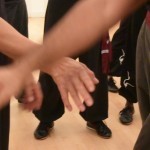
Emotions also run high and our calm disciplined training environment allows young people to train with adults who are their fellow students, let off steam and use the power of youth to make the older ones envious. The flair and exuberance of young people is a joy to Instructors.
At this time Instructors are not there to be friends, but to be mentors. Each Instructor is also aware of the importance of being a sound role model for young people. All the Instructors have been through Higher Education, some to Postgraduate level or into the professions. They understand what it is like to go through exams (whether pass, fail, try again), interviews, job applications, career progression, and to work in high functioning environments. They also know how important it is to look after your mental and physical health throughout.
It can also be a time when someone who is not good at school sports, or is shy in school finds a physical art they can relate to, and start a lifelong love of movement which may have eluded them in the lineup for the school teams. We have lost count of the number of young people who joined our Club whilst at University, realised that they could move and control their bodies, and stayed with us through post-grad and into work. Some have emigrated (which is an acceptable though extreme excuse for missing class) but still keep in touch and join us on our travels around the world.
Sadly this can be a dangerous time in a young person’s life when they are more vulnerable to street violence than ever. Learning self defence, anger control, and self awareness can help, and is incorporated in all aspects of our training.